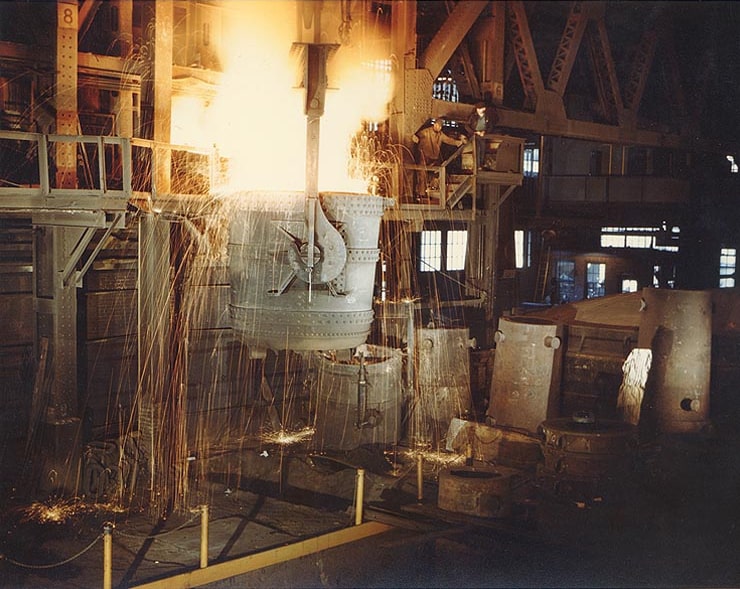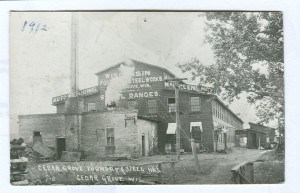A Short History of the Iron Foundry in America: The World Goes To War
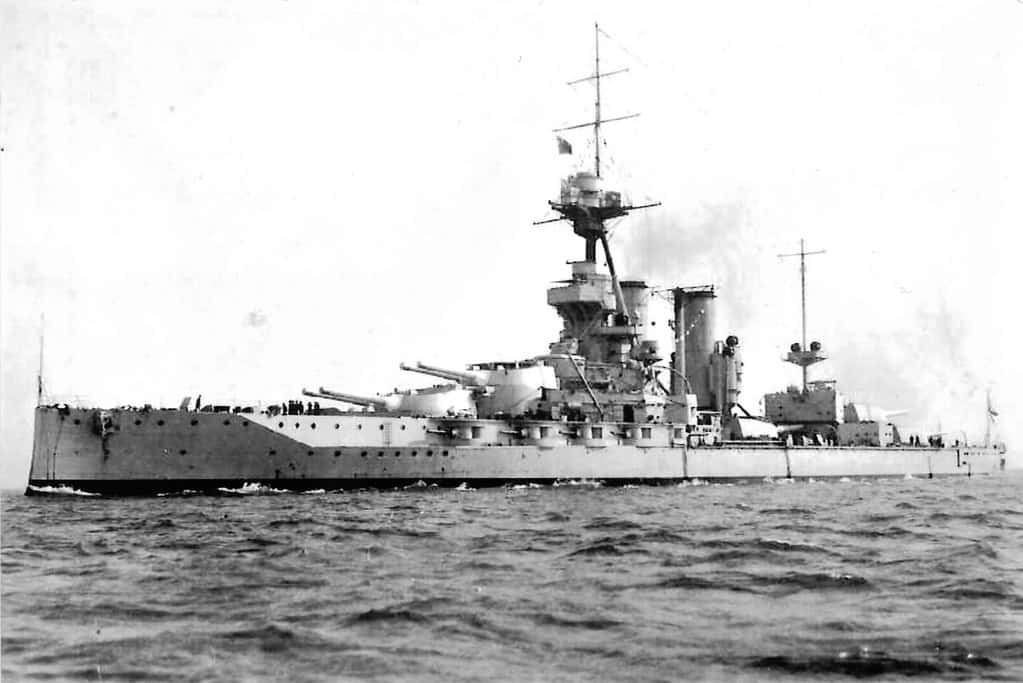
The Importance of The Iron Foundry
The iron foundry has been pivotal with much good in the world, but sometimes that means creating the means for defending the defenseless.
The Gilded Age went out as it came in, with the echos of the drumbeats of war. This time, however, those drumbeats were getting louder instead of fading away. The wars that raged on three continents had taught the world two important lessons, that metal and technology can give you an advantage in any situation and that the first one to that technology can win the war. The unfortunate result of that philosophy was the arms race that preceded World War I.
A Race For Supremacy
The primary powers of Europe spent the end of the 1800s and the early years of the 1900s gripped in a tense gridlock. The political revolutions of democracy and the Napoleonic upheavals had transformed the landscape. National boundaries had been drawn, but those boundaries didn’t always take into account the wishes of the people who lived on either side of them.
Unrest was felt in more than one corner of that world. The diverse collection of once-independent countries that made up the Austro-Hungarian Empire was the most intense of them all. As the great empire grated against the nerves of the Balkan countries and territories, Russia saw the potential for future expansion toward a warm-water port. It also drew them in as an opportunity to gain control of the Slavic countries they considered to be close cousins culturally. Technology had improved the ability to produce more substantial weapons and the mobility to move those weapons more quickly.
The Iron Foundry Heats Up
Across the globe, the iron foundry industry was churning out parts for artillery, war machinery, and powerful battleships. Great Britain, Germany, and Japan were dominating the seas with massive capital ships inspired by the British HMS Dreadnaught. Germany pushed their foundries forward to produce the parts necessary for its extensive U-boat fleet. As the arms race heated up there were many who feared that the only possible outcome would be a massive war. In 1914 Germany handed Austria what has been called the “Blank Cheque”, their unconditional support in the event they wanted to invade the Kingdom of Serbia. The Austrian Empire held the small country responsible for the death of the heir to its throne and wanted to substantially expand its power in the area. It viewed the instability in that area to be a threat to its authority and security in nearby regions.
A tangled web of treaties and alliances shifted throughout the years after the turn of the century. They bound countries together with the intention of protecting them against invasion and conflict. The tensions they created had the opposite effect. When Austria delivered their intentionally unacceptable ultimatum to Serbia on 23 July 1914, they knew that they would be invading the country within the next five days. As the shells fell on Belgrade, Russia’s army began moving to support Serbia. By the next week, all of Europe was at war. Within three years the entire world would be involved.
The World At War
The battle lines fell in such a way as to divide the primary powers in Europe fairly evenly. Austria, Germany, and the Ottoman Empire began the war as the Triple Alliance, reorganizing as the “Central Powers” in November of 1914. The Triple Entente was formed by Russia, Great Britain, and France. This group reorganized as the Allies with the addition of Italy on 26 April 1915.
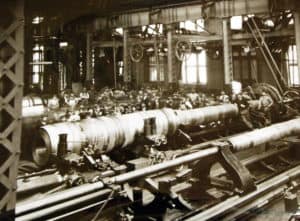 The European iron foundries smoked tirelessly trying to keep up with the demand. The mechanisms of war were now built of iron and steel and it was difficult to make progress without more mechanized arms. With each month the nations of Europe added more armaments and pushed the technologies that supported their war strategies. Even the new airplane fleets were utilized with encouraging results. As the dogfights played out in the skies above, the infantry below struggled to make headway. The introduction of machine guns and trench warfare led to a stalemate along the Western Front and elsewhere. Ground troops could not move forward except by painstaking trench building or costly infantry charges.
The European iron foundries smoked tirelessly trying to keep up with the demand. The mechanisms of war were now built of iron and steel and it was difficult to make progress without more mechanized arms. With each month the nations of Europe added more armaments and pushed the technologies that supported their war strategies. Even the new airplane fleets were utilized with encouraging results. As the dogfights played out in the skies above, the infantry below struggled to make headway. The introduction of machine guns and trench warfare led to a stalemate along the Western Front and elsewhere. Ground troops could not move forward except by painstaking trench building or costly infantry charges.Looking For Different Solutions
With each passing month the price of the war was becoming more painful and the battle more brutal. Each side attempted to gain more resources while removing them from the other side. The war reached the Middle East by 1915. The British attempted to weaken the Ottoman Empire by encouraging the Arab Revolt. They supported warlords and leaders across the region that were eager to break out from under the control of the Ottomans.
The hope was to divert infantry and supplies from the European Theater. Since both sides used local manpower and resources that were not likely to travel to the Western Front, the process only served to encourage a destabilization of the Middle East. The biggest losers of the process were the Ottoman Armenians. The revolts across the empire and early Russian victories created paranoia in the Ottoman leadership that would lead to the Armenian Genocide starting in the Spring of 1915.
Renewed Push On The Eastern Front
As iron foundry manufacturing continued at a fevered pace, the Russians looked for allies to assist with the Eastern Front. Serbia was able to repulse three invasions by Austria in the first year of the war. In early 1915, however, typhoid fever decimated the Serbian army. By October 1915, the Serbs were routed and the country was occupied by the Central Powers. This left Russia with few options in her theater. In 1916, Russia and the other Allies pressured Romania into entering the war.
The primary Romanian objective was to capture and hold Transylvania in the North while simultaneously holding Bulgaria at bay in the South. This took the pressure off of the Russian Eastern Front but added complications. The Russians found the Romanian-Austrian front to be challenging. While the Bulgarian front had an early victory, the Bulgarians were hesitant to fight their Orthodox Christian brothers and were distracted by their efforts in Serbia. On the other front, the Romanians took advantage of Austrian unpreparedness. They quickly took a large part of Transylvania.
However, with fresh reinforcements from Germany and a better strategy, the Austrians reversed those early victories and drove the Romanians back past their original borders. Within a year of joining the war Romania was not the thrust of a dagger that Russia had hoped for, but more like a thorn in the side of the Central Powers.
Iron Foundries Strained To Capacity
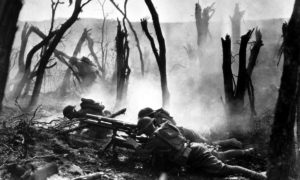 As the war dragged on without substantial success on either side, the militaries became reliant on heavy artillery to push troop movements forward. This was expensive, both in the cost of the shells and the cost of human life.
As the war dragged on without substantial success on either side, the militaries became reliant on heavy artillery to push troop movements forward. This was expensive, both in the cost of the shells and the cost of human life.The heavy artillery made the trenches into kill zones and destroyed the topography of Europe. Hills were reduced to rises, forests became kindling, and farmland transformed into broken plains. Villages disappeared and city neighborhoods were transformed into piles of rubble. Germany and Russia possessed the largest number of cannons, with France coming in a close third.
With the departure of Russia from the war in late 1917, the French/British artillery was insufficient compared to the combined German/Austrian/Ottoman war machine. The war looked as though it would take a decisive turn for the worst for the Allies.
The United States Considers War
The iron foundry industry, as well as many other industries, were distracted by the significant need to produce goods needed by the war effort in their respective countries. While this was an unfortunate focus, it led to optimization and innovation in many different areas.
At this point in the war, even the United States was gearing up to support the Allies in a variety of ways. The hope, however, was to avoid sending men and artillery to the European theater. As 1917 dawned, it became increasingly apparent that the United States would have to join in the war to protect its own citizens.
Our Rich Iron Foundry Heritage
Our heritage of innovation and determination is what established our foundry. The generations of families that have worked in and around our foundry have made it what it is today. Our employees are the best in the business, dedicated to producing the best parts in the industry. We are profoundly aware that the history we are making today is the heritage that our children and grandchildren will build upon.
Let us use that rich heritage and legacy-building determination to your benefit. Call us today and schedule a tour of our state-of-the-art facilities. Watch our dedication to our craft and the innovation of our engineers as we work diligently for our customers. Then sit down with our planners and discuss the parts you need and the quality we can provide. Choose quality, choose Willman.

